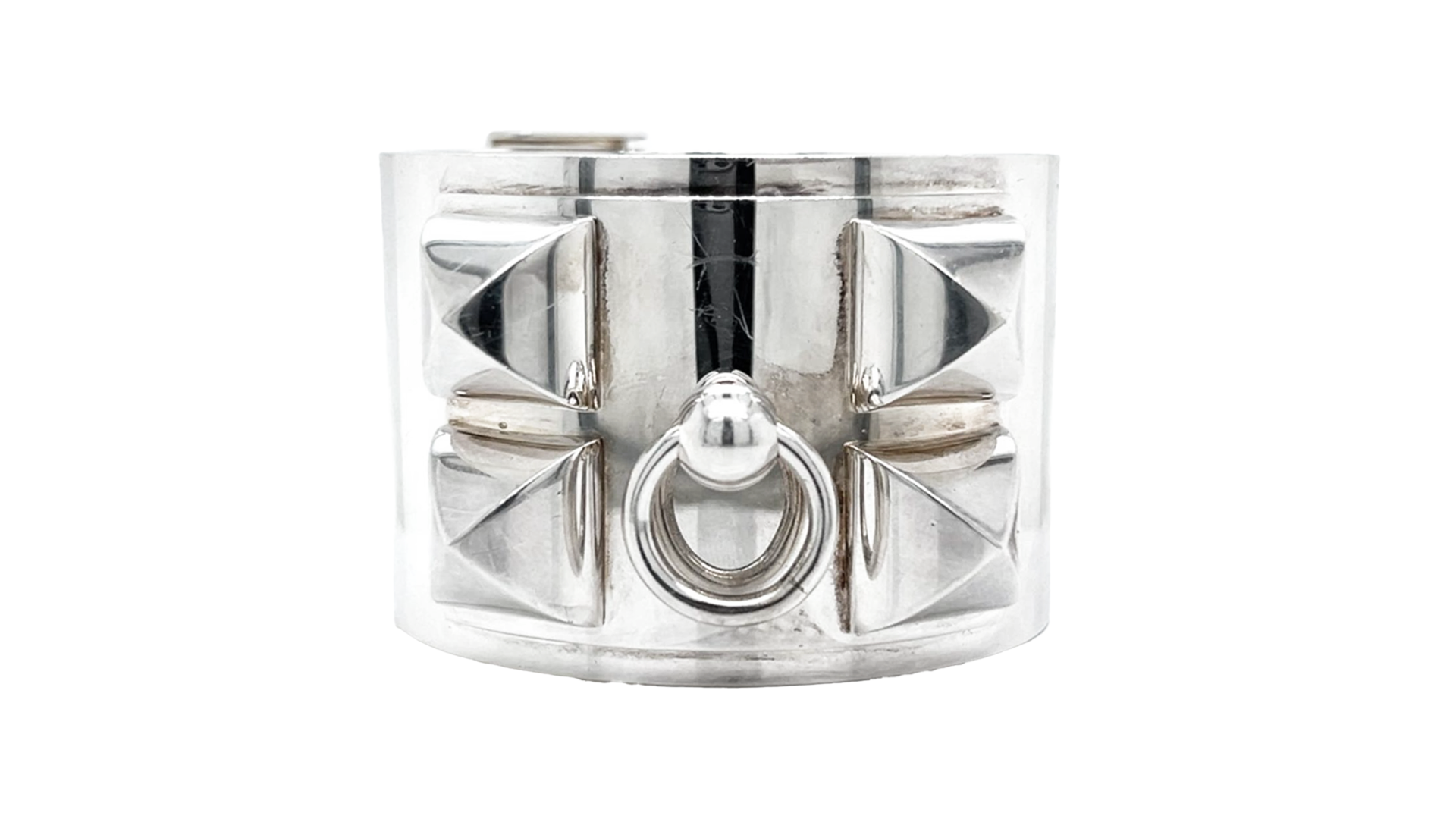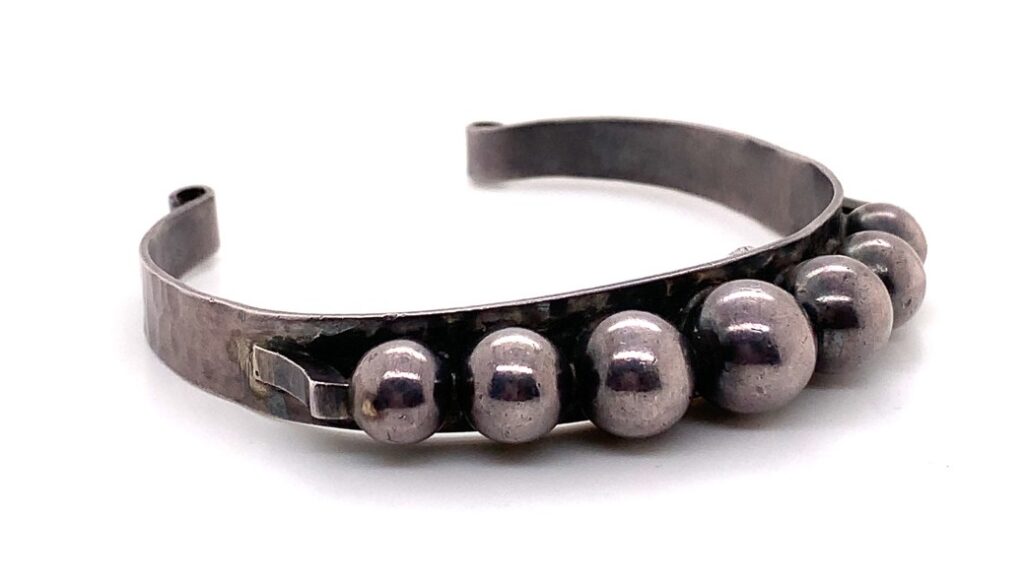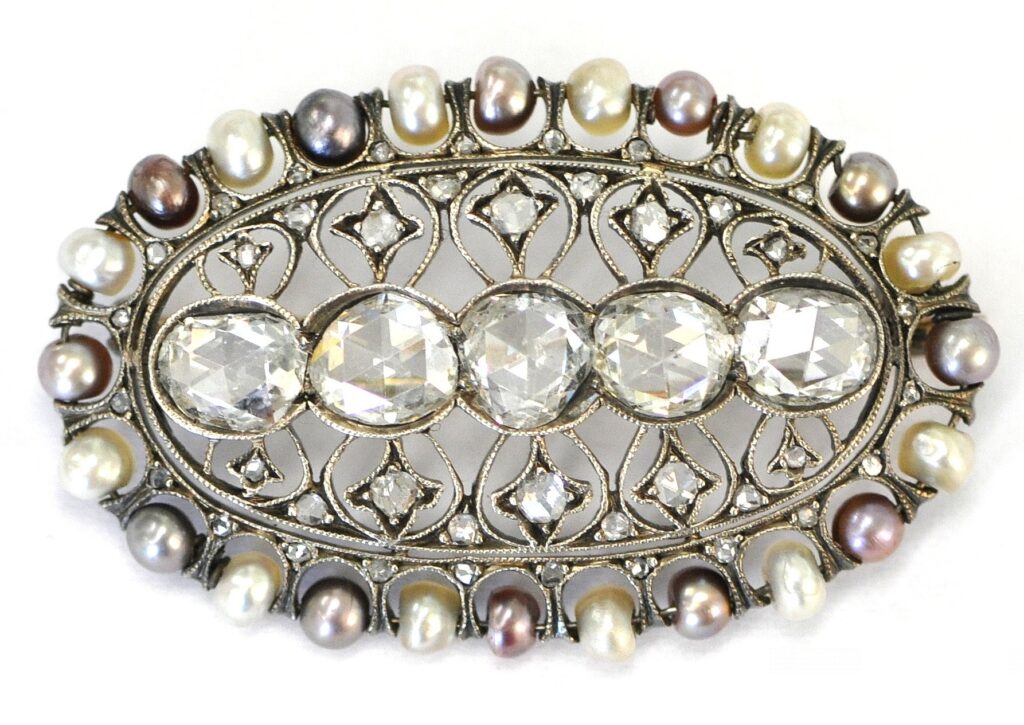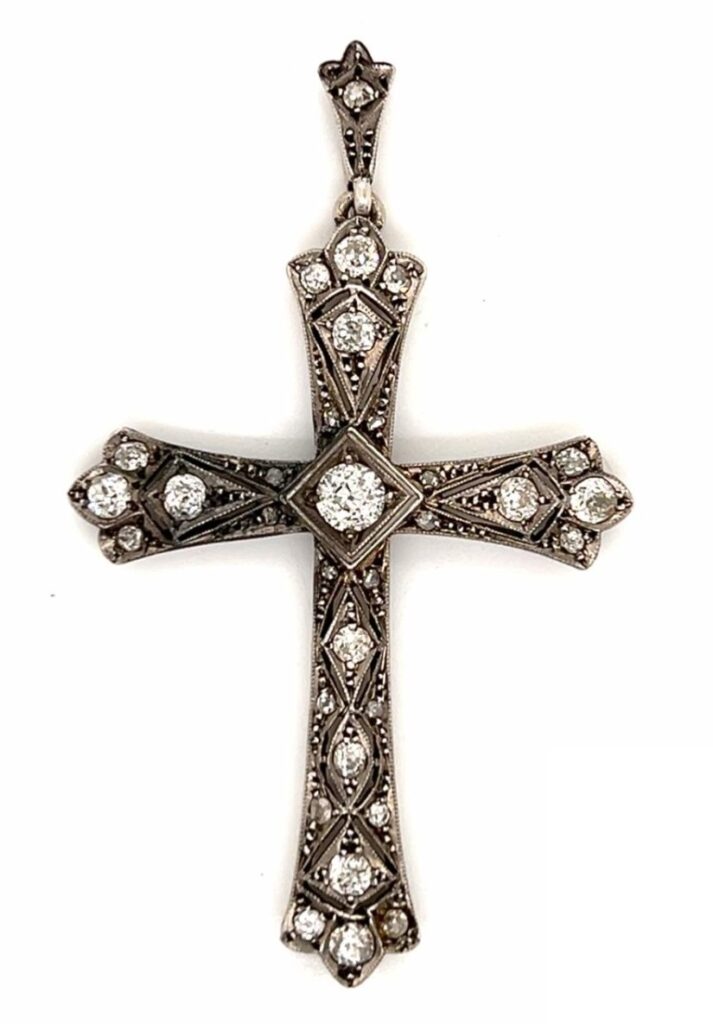Shining like the full moon in the night sky, silver has a special place in the pantheon of precious metals. It has been used for jewelry, currency and decorative objects for millennia and at times silver was considered more valuable than gold. In recent years, silver has been trending for its clean, white appearance that is fresh and versatile, wearable with all colors and types of clothes, including silver clothes. While we consider silver to be a modern metal, it has been part of jewelry fashion for thousands of years.
Silver in the Ancient World
Discovered around 5,000 years ago, silver mining was established in Anatolia in about 3,000 BCE and its use as money first started in that area. Silver was highly valued by the ancient Egyptians. The metal was rare in Egypt and what was in the region was most likely imported and of course, its rarity added to its prestige. It was considered very valuable and was worn by only the most prominent people. In ancient Rome, where silver was used to make coins, wearing silver jewelry was a show of wealth, power and social standing. High ranking Roman soldiers wore silver as a symbol of leadership. The Egyptians, Romans and Greeks all associated silver with purity, healing, protection and their respective moon Gods and Goddesses.
Silver in the Medieval Era
By the Middle Ages, gold had returned as the most popular metal, but silver still had an important place in the culture of the era. It was a very prestigious metal with European royalty. Silver was worn not only as a display of wealth, but wearing oversized, silver jewelry adorned with gemstones also indicated noble descent.
With its connections to purity, silver held a significant place in religious rituals during the middle ages as the metal was thought to protect one from malicious spirits and draw one closer to divine protection. Chalices, crosses and other religious items were often made from silver.
How pure is silver? A very soft metal, silver is found in two purities: 925 and 999. When silver is marked 925, it means that it is 92.5 percent silver and 7.5 percent alloy, which is frequently copper. It is used in jewelry because it resists tarnishing and it’s durable. Silver marked 999 is 99.9 percent pure and is used primarily for decorative objects as it is soft and prone to scratching and denting.
Silver in Spain
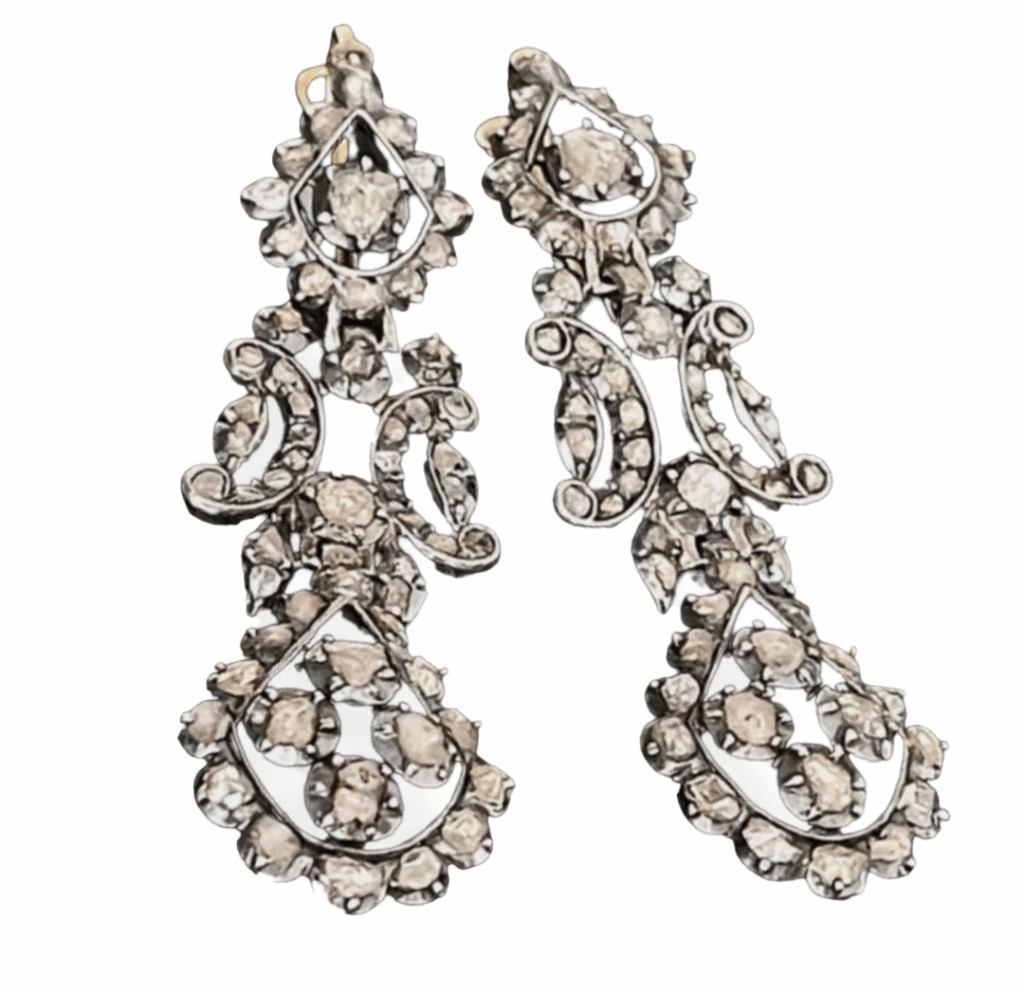
Spain was a main producer of silver for many years, boasting some of the world’s largest mines, until Spanish explorers found the metal in Central and South America during the 1500s. It was found mostly in Mexico and Peru, where silver production was abundant with large amounts of silver being shipped to Europe.
By the 1600s diamonds were making their way from the mines of India to the courts of Europe and it turned out that silver was the perfect choice for setting these gems. The colorless diamonds popped against the white of silver settings. Then sometime around 1727 diamonds were found in Brazil, providing an ample supply of these sparkling gems to European royals, creating even more demand than ever for silver.
Victorian Silver
Silver production was booming during the mid 1800s, after a large discovery of the white metal was made at the Comstock Lode in Nevada in 1859. All the miners who had hustled over to California for the gold rush ten years earlier, now raced to Nevada to find their fortune. A second very large silver deposit was found in the U.S. in 1885 in the Coeur D’Alene, Idaho area, which greatly amped up silver production, which is estimated to have quadrupled between 1875 and 1900, compared to the previous 75 years.
Silver was more important than ever for setting diamonds when a new discovery was made in South Africa in 1867. While silver was loved for showing off diamonds at their sparkling best, there was one small issue, it oxidized and left marks on the skin and clothes that it touched, so it was often backed with gold, which does not stain skin or clothes. This technique is known as silver topped gold and it was used throughout the middle of the 1700s through the 1800s.
During the 1800s, the Industrial Revolution was in full swing and silver was used to produce less expensive jewelry. It was also popular with the designers in the Arts and Crafts movement, who considered design to be of paramount importance, with materials playing a secondary role in the piece.
Contemporary Silver
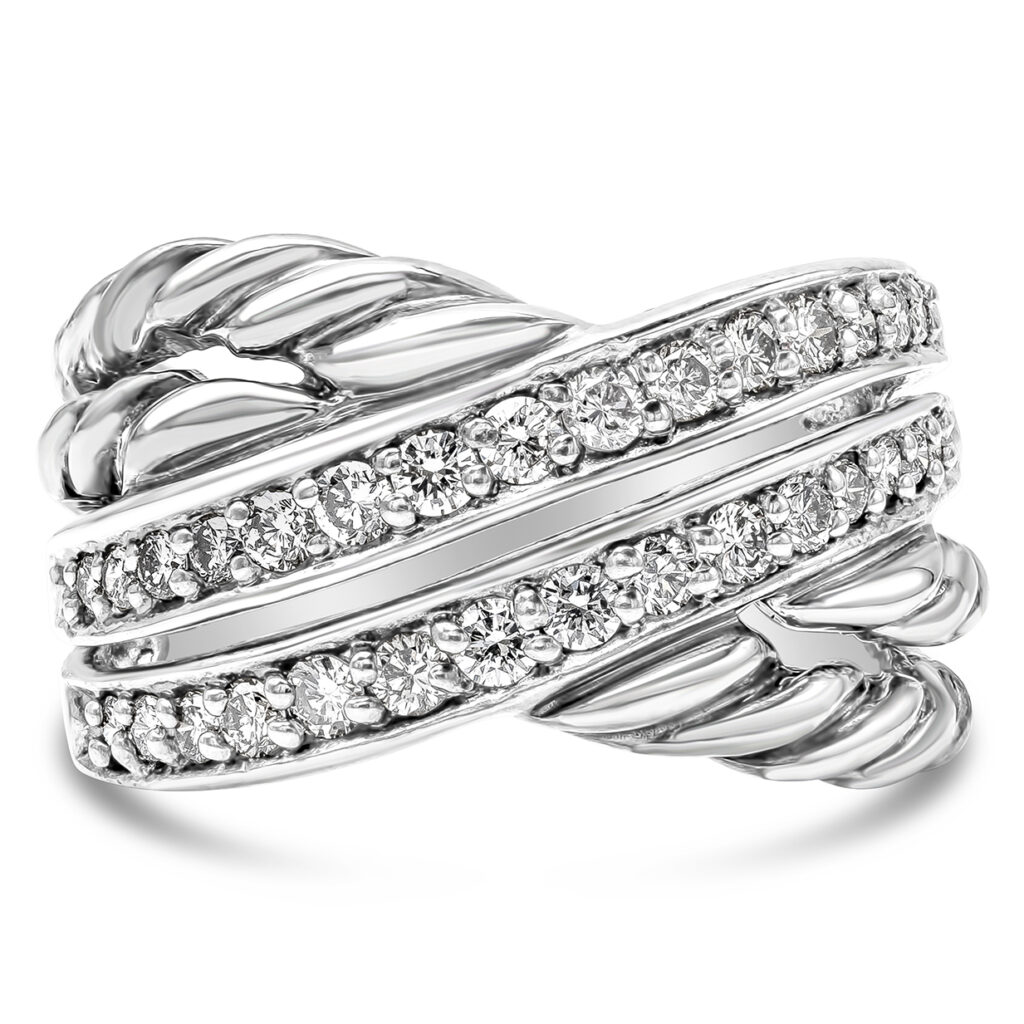
Some early 20th century modernist designers including Jean Depres, Raymond Templier and artist Alexander Calder whose creations changed the way the world viewed jewelry, often worked with silver, a metal that is easy to hammer, shape and engrave, while its relatively modest price point allows it to be used to create large pieces. Silver’s popularity began to dwindle in the early part of the 20th century as platinum became the metal of choice until World War II came along and it was declared a strategic metal for war use. That gave way to gold returning as the more popular metal.
Silver got a new lease on life, during the 1970s when Elsa Peretti began her design career at Tiffany & Co. She began creating large, sensual silver cuffs, earrings and necklaces, including her infamous “Diamonds by the Yard” which was a silver chain with diamond stations meant to be worn every day.
Silver was back on the map and studio designers such as Robert Lee Morris, David Yurman and John Hardy were creating styles that appealed to a new customer looking for bold statement jewelry that was casual enough for everyday wear. The 1980s saw the rise of gold once again, which stayed steady well into the early aughts. Then, with the economic crash of 2008, silver was once again in the spotlight as designers set diamonds in silver as a way to make jewelry more affordable during tough economic times. Silver rose to the forefront of jewelry, whether set with colored gems, blackened, accented with gold or sculpted, it became the metal of the moment, with lasting appeal. You can easily tap into this lasting moment with a vintage silver jewel that will be loved as much today, as it was when first worn by a fashionista from another era.
Top of Page: Silver Chien de Collier bracelet, signed Hermes, courtesy Jewelry World (@jewelryworldofficial).
Authored by Amber Michelle
